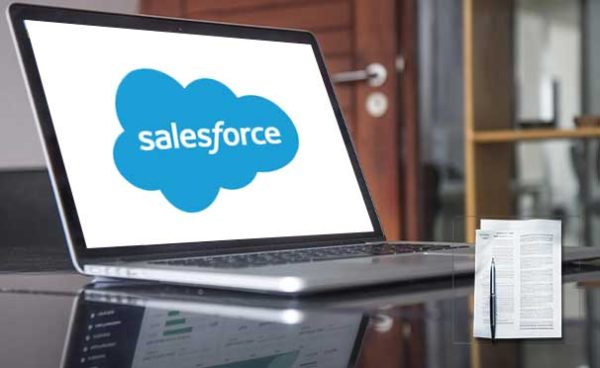Corporate Monitor and Control Systems in Acme Accounting Corp
No Fee – $9.99
| Case ID: | A-ACME-20230816-1-V1 |
|---|---|
| License: | CC BY-NC-SA 4.0 |
| Pages | 4 pgs |
| Case Study Analysis | Not Included |
| Teaching Notes | Available |
| Ai Level | Content co-authored with the OpenAI API |
| Category(s) | Accounting: 9/10 |
The Acme Accounting Corp case offers a glimpse into the complexities faced by multinational accounting firms in ensuring consistent corporate monitoring and control systems across international borders. Established in 1985 and now operating in over 50 countries, Acme has experienced discrepancies in financial reports across its branches, which are traced back to varied control mechanisms. This divergence poses a risk to stakeholder trust and the firm’s compliance with international standards. The case underscores the balance between regional autonomy and standardized controls, highlighting the role of technology, particularly AI and Blockchain, in modern accounting. With insights from top management, the case prompts a critical examination of operational strategies and their alignment with technological and international imperatives.
Category Rating:
- Accounting: 9/10
- The core focus is on Acme Accounting Corp, a multinational accounting firm. Key elements like financial reports, discrepancies, and the importance of standardized control systems pertain directly to the discipline of accounting.
- Information Systems: 8/10
- The case hints at the integration of AI and Blockchain in accounting and the importance of technological upgrade for Acme’s control systems.
- International Business: 8/10
- Acme Accounting Corp operates in over 50 countries, and the case emphasizes the challenges of maintaining consistent control systems in cross-border operations.
- Strategy: 7/10
- Discussions revolve around the alignment of Acme’s strategy to its control mechanisms, standardizations, and integration of technology.
- General Management: 7/10
- The case delves into decision-making, operational excellence, and concerns raised by top management about reporting inconsistencies.
Weaknesses of This Case Structure:
- Length & Depth:
- At 4 pages, the case might be considered short for deep analysis, especially for a multinational corporation operating in over 50 countries.
- Scenario Description:
- While we know that Acme has inconsistencies across branches, the exact nature of these discrepancies isn't clear. It lacks real-life scenarios or examples that would make it more relatable and understandable.
- Stakeholder Perspectives:
- Only two stakeholders, the CEO and CFO, are represented. Broader stakeholder perspectives, like those of regional managers, employees, or clients, are missing.
- Data Analysis:
- While financial documents are provided, there's a lack of direct linkage between the data provided and the main problems highlighted in the case.
- Storytelling & Engagement:
- The case is more fact-oriented and lacks a narrative that might make the study more engaging or relatable.
- Solutions and Recommendations:
- The recommendations provided are generic. There's no deep dive into how they might be implemented or what potential challenges Acme might face in doing so.
Strengths of This Case:
- Relevance & Topicality:
- The case touches upon a contemporary issue: the challenges multinational companies face in integrating technological advancements while maintaining operational consistency.
- Broad Spectrum Analysis:
- The case touches multiple disciplines from strategy to international business and accounting, making it suitable for various courses.
- Financial Documents:
- Provision of hypothetical financial documents gives students tangible data to work on, making for a more comprehensive learning experience.
- Emphasis on Technology:
- By mentioning AI and Blockchain, the case highlights the importance of technological advancements in modern industries, making it more relevant for current business students.
- Management Perspectives:
- Direct quotes from the CEO and CFO provide insights into top management's thinking and priorities, which adds depth to the case.





